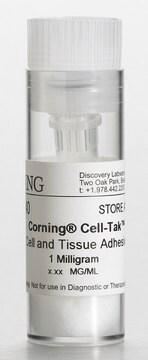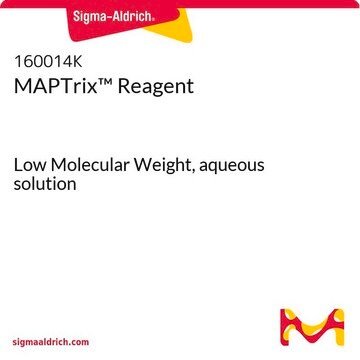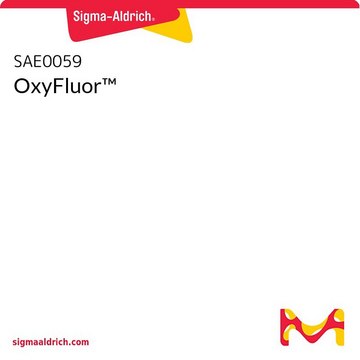26003K
MAPTrix™ Adhesive
Low Molecular Weight, Tyrosinase-Pretreated, lyophilized powder, suitable for cell culture
About This Item
Recommended Products
Product Name
MAPTrix™ Adhesive, Low Molecular Weight, Tyrosinase-Pretreated, lyophilized powder
biological source
synthetic
sterility
sterile
form
lyophilized powder
mol wt
~23 kDa
packaging
pkg of 100 mg
pkg of 5 mg
technique(s)
cell culture | mammalian: suitable
shipped in
ambient
storage temp.
2-8°C
General description
Application
Features and Benefits
- Biochemically-defined, animal-free cell culture surfaces designed to enhance cell performance
- MAPTrix™ produces a uniform ECM surface that provides a highly controlled 2D extracellular microenvironment for cell cultures and related applications
- Adhesion properties of the mussel adhesive protein makes the coating reproducible & reliable
Legal Information
Storage Class Code
11 - Combustible Solids
WGK
WGK 3
Choose from one of the most recent versions:
Certificates of Analysis (COA)
Don't see the Right Version?
If you require a particular version, you can look up a specific certificate by the Lot or Batch number.
Already Own This Product?
Find documentation for the products that you have recently purchased in the Document Library.
Articles
Extracellular matrix proteins such as laminin, collagen, and fibronectin can be used as cell attachment substrates in cell culture.
Our team of scientists has experience in all areas of research including Life Science, Material Science, Chemical Synthesis, Chromatography, Analytical and many others.
Contact Technical Service







